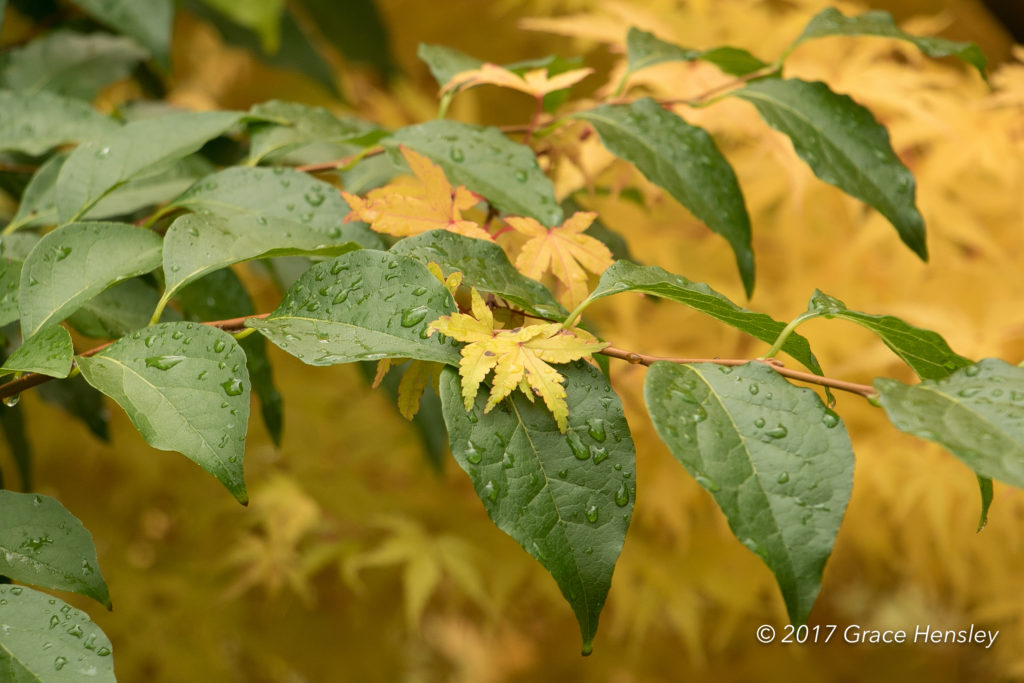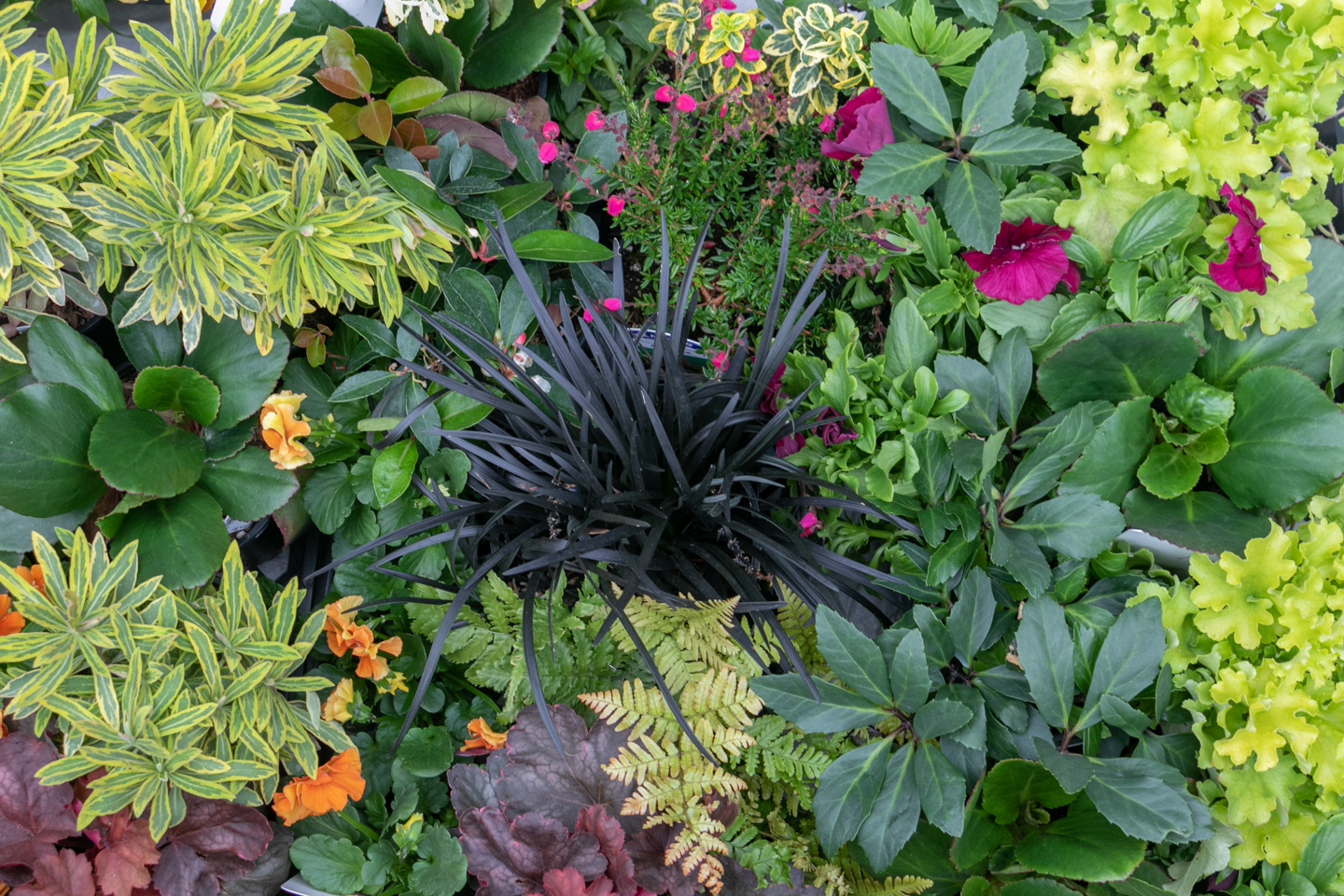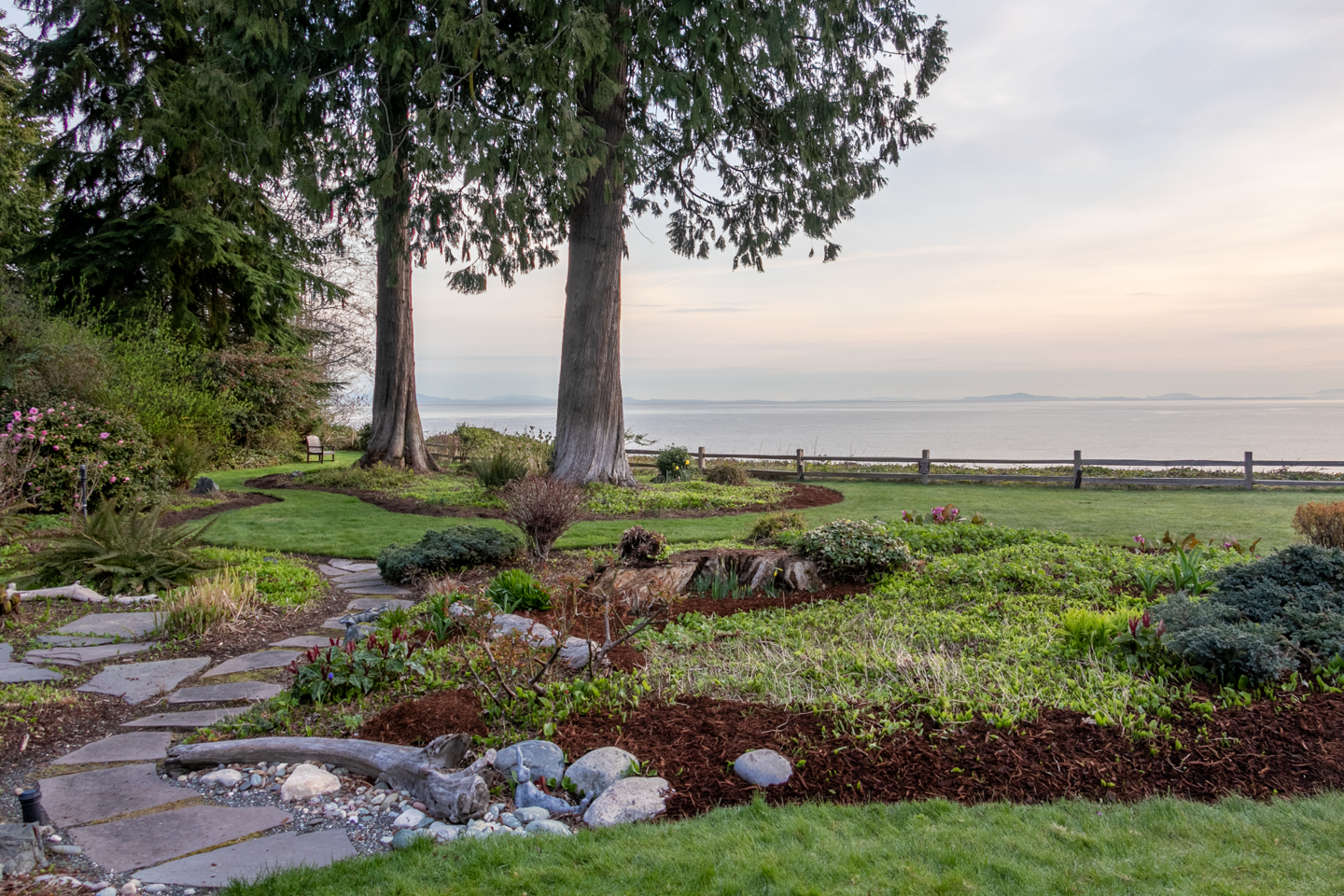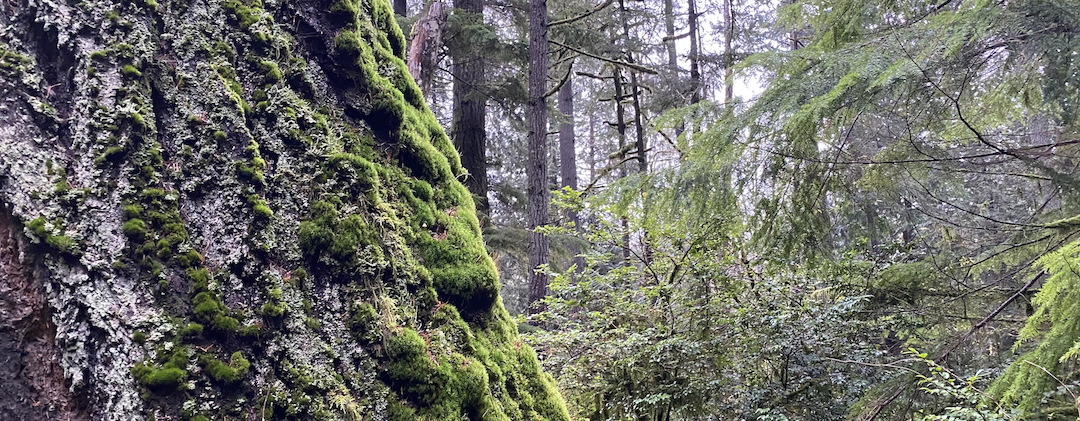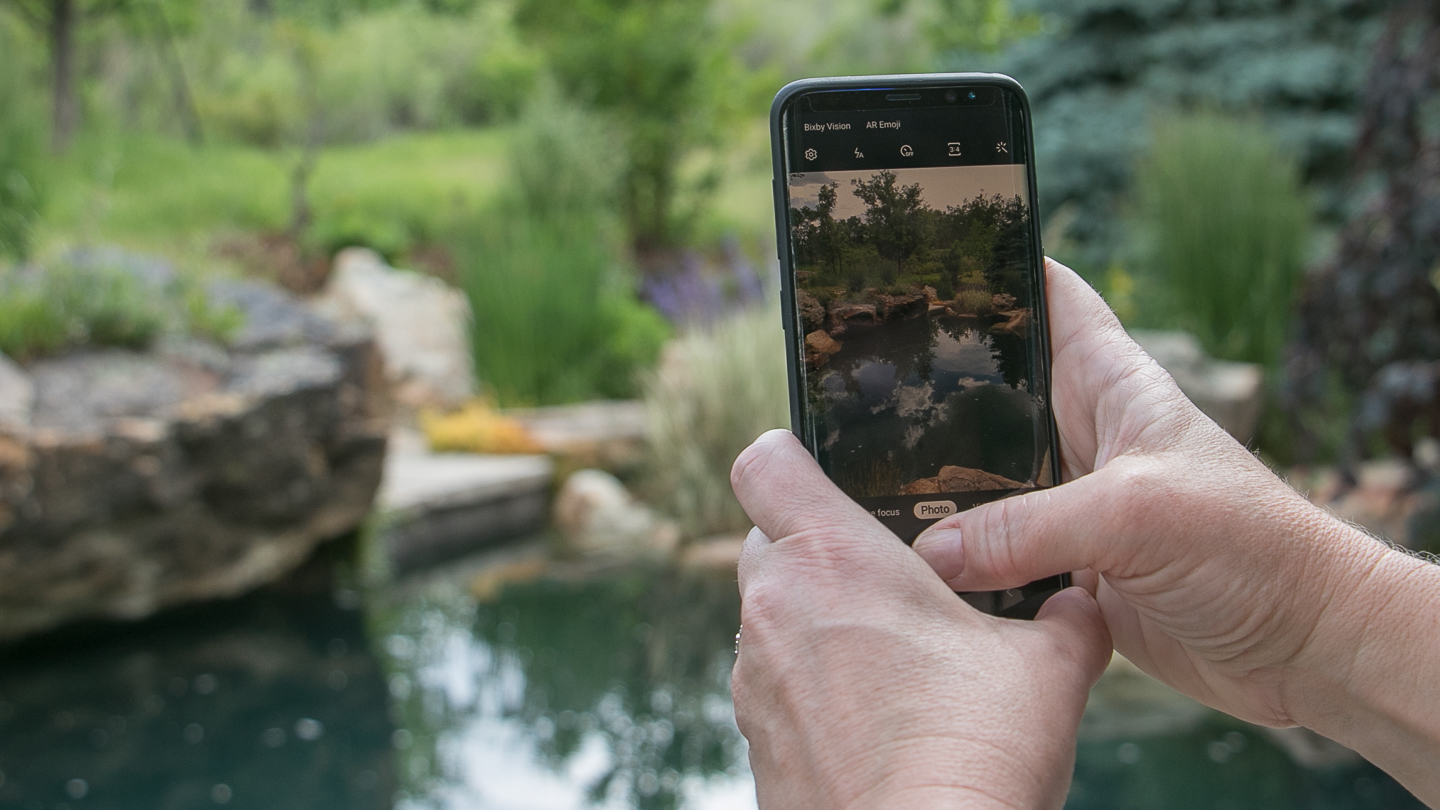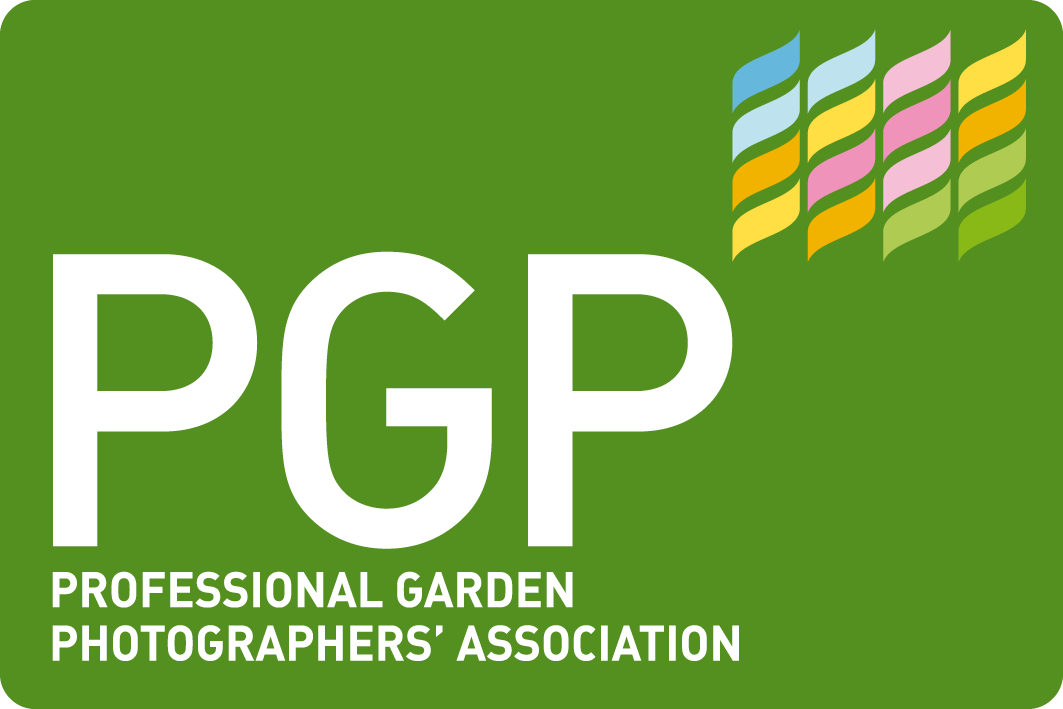We sold our house this summer and are gratefully staying in a rental with a garden while we look for a new house. It’s a designed garden, not diminished because it wasn’t created by the homeowner, nor greater because it was purchased; it’s a pleasant amalgam of a designer’s eye and a collector’s heart, filled with practical as well as unusual trees and shrubs.

This Japanese snowbell, Styrax japonicus, is neither unusual nor common. Sublime in late spring, it is a steady foil to plants around it throughout the year.
I wander slowly to fetch the daily mail, down the short driveway, caught not by the pause of green, but by its relationship to the plants around it.

It’s on the edges that the most interesting things happen.
The edge effect is an ecological concept that describes the greater diversity of life in the region between two ecosystems, like meadow and stream, or forest and krumholtz. We can measure this scientifically and see its principles in Permaculture Design. These border regions are rich in life, productive in gardens, and the most interesting visually.
As a straight-line person, I am loathe to add crenellated curves to my designs, preferring the mathematical perfection of spheres and pyramids. I love to let the plants themselves provide the interest, as they flop over edges and blur the lines of a path.
For my own personal garden, I believe that it is much more interesting when you contrast wilderness with control. I love structure through the repetition of form and shape, and then allow the gaps between to be filled with whatever nature (or the gardener) provides. I love to let the natural form of the plant fill the space, rather than desperately try to control the look with pruning. It’s beautifully demonstrated here on the Lily Lawn at Heronswood.

A photographer’s eye
You see why the above photo works, right? The contrast between the structure and calm of the clipped trees and quiet green lawn, cutting diagonally across your view, contrasted with the wildness of grasses and majestic lilies allowed to flop in the fall. It’s what I look for, this contrast of color and shape. If it works in a photograph, it should work in your garden.
Sometimes it’s just the same color like the tawny grasses and glossy chocolate leaves of Cimicifuga.

Sometimes it’s analogous colors with different shapes like this Symphiotrichum (Aster) with a simple Sedum.

A container designer’s eye
Anything you want to do in the garden can be planted in a pot. Planting in containers is a really fast way to see if a plant combination will work more permanently in the garden. It’s used effectively as a teaching technique at Great Dixter, where trainees are challenged to rearrange the pots weekly. Claus Dalby will have a book next spring also celebrating the clustering of pots.
Pots are great for experimenting with plants. Anything new to us that’s exotic-looking starts life in a pot – Christopher Lloyd
My current seasonal work showcases different textures and colors combined in a single pot, however, I’m working on a variation of the Dixter technique for clients, encouraging the planting of single, long-lasting shrubs alone in a beautiful pot, and adorning them with the jewelry of annuals and perennials by moving them around to make pleasing combinations. The garden becomes almost performance art.

But that’s not what the other container designers are doing! I LIKE winter cabbages!

So do I, but I like to be a little Edgy.
Save
Save
Save
Save
Save
Save
Save

